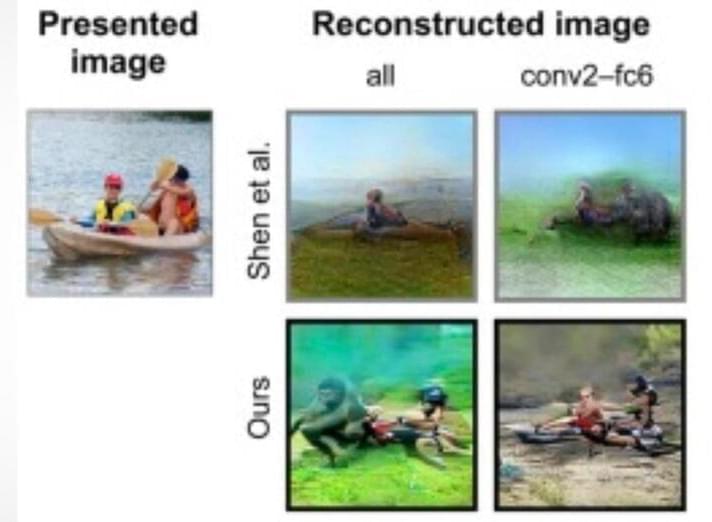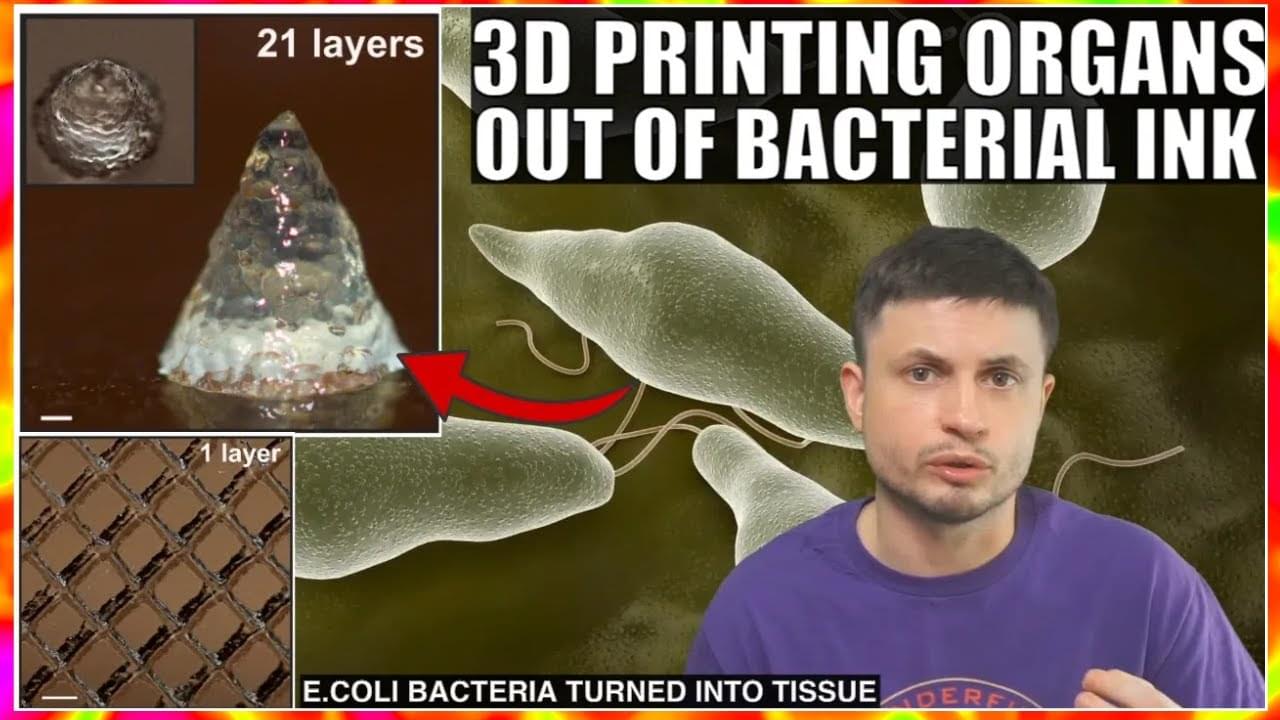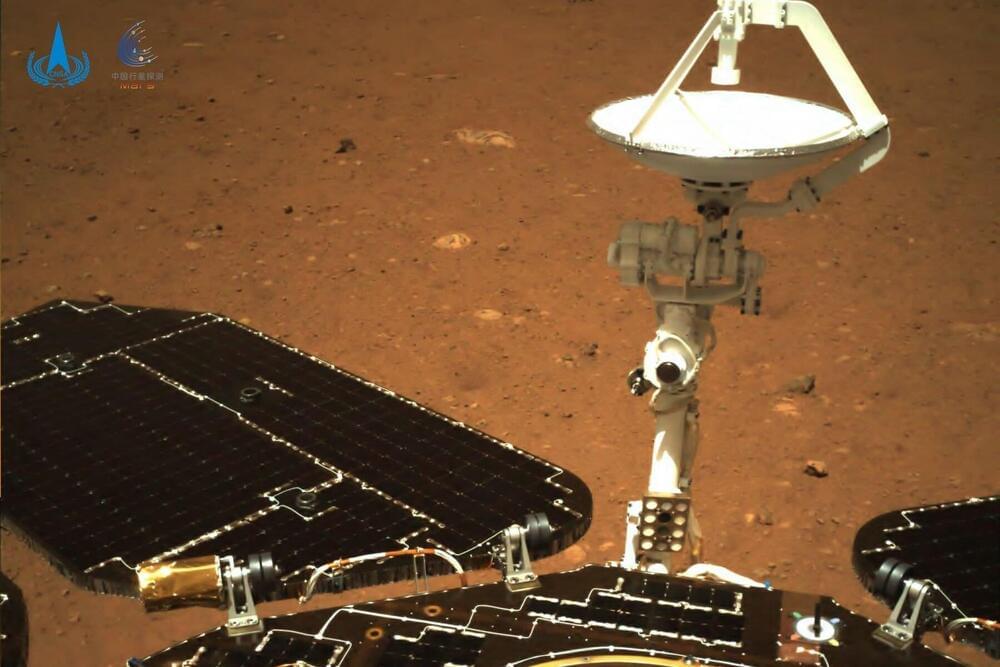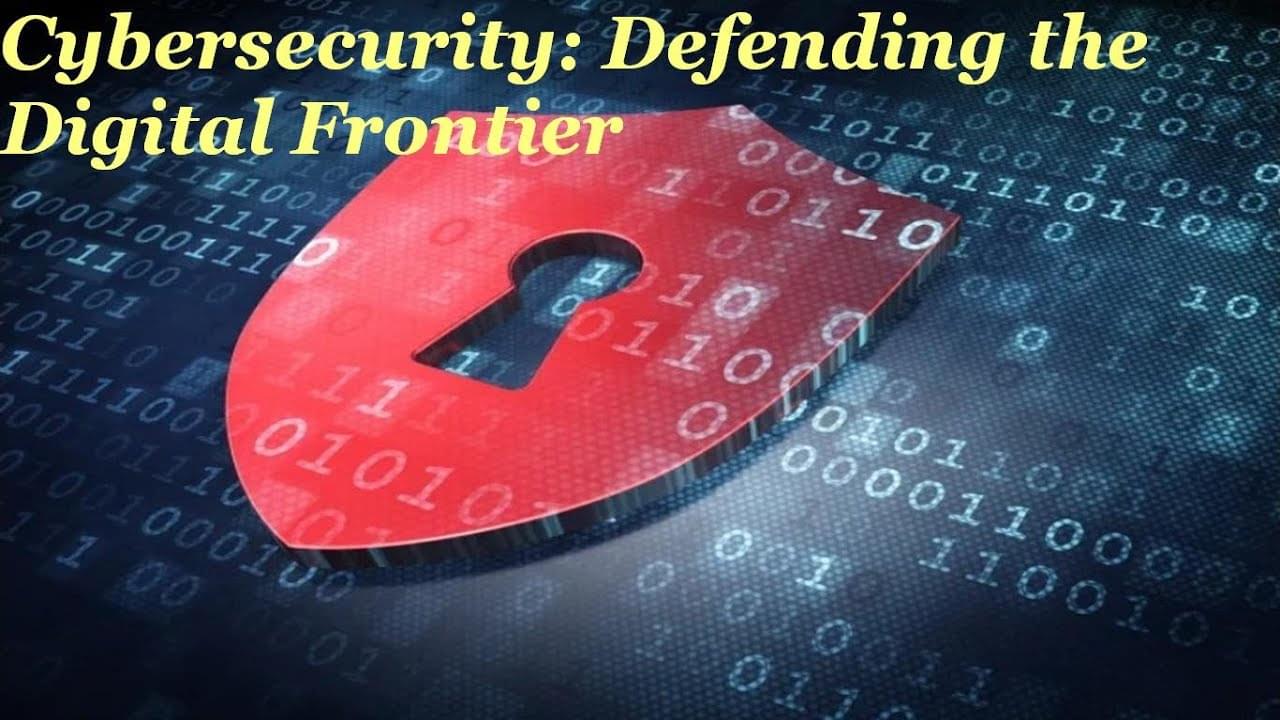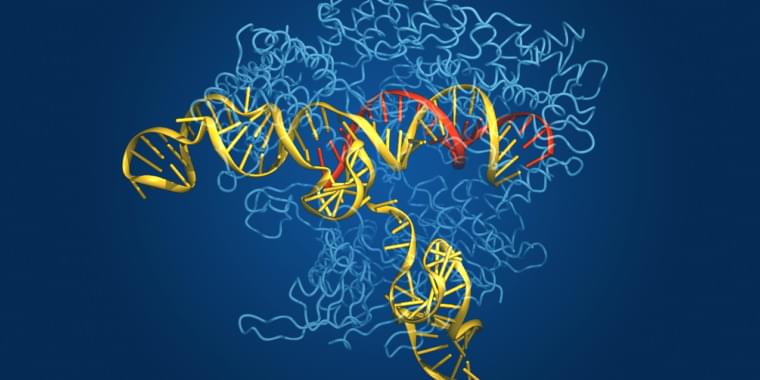Dec 4, 2023
Unlocking the Secrets of Planet Formation: First Observations with the James Webb Space Telescope
Posted by Laurence Tognetti, Labroots Inc. in categories: alien life, evolution, physics
Can planets form under extreme conditions, such as high levels of ultraviolet radiation? This is something a recent study published in The Astrophysical Journal Letters hopes to find out as a team of international researchers used data obtained from NASA’s James Webb Space Telescope (JWST) as part of the eXtreme Ultraviolet Environments (XUE) JWST program to study the formation and evolution of young planetary systems. This particular study, known as XUE 1, focuses on the star cluster Pismis 24, with the team identifying some key ingredients for life as we know it.
Artist rendition of a protoplanetary disk where planets are forming around a young star. (Credit: ESO/L. Calçada)
“We find that the inner disk around XUE 1 is remarkably similar to those in nearby star-forming regions,” said Dr. Rens Waters, who is a professor of astrophysics at Radboud University in the Netherlands and a co-author on the study. “We’ve detected water and other molecules like carbon monoxide, carbon dioxide, hydrogen cyanide, and acetylene. However, the emission found was weaker than some models predicted. This might imply a small outer disk radius.”

